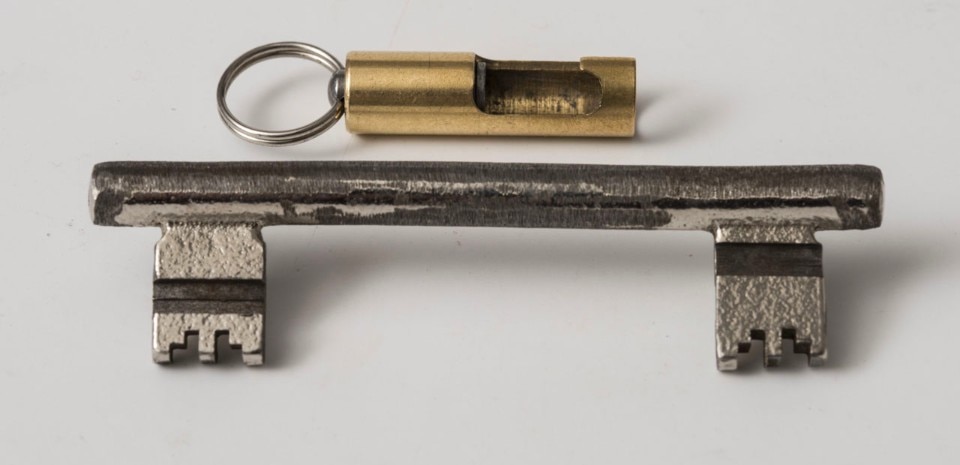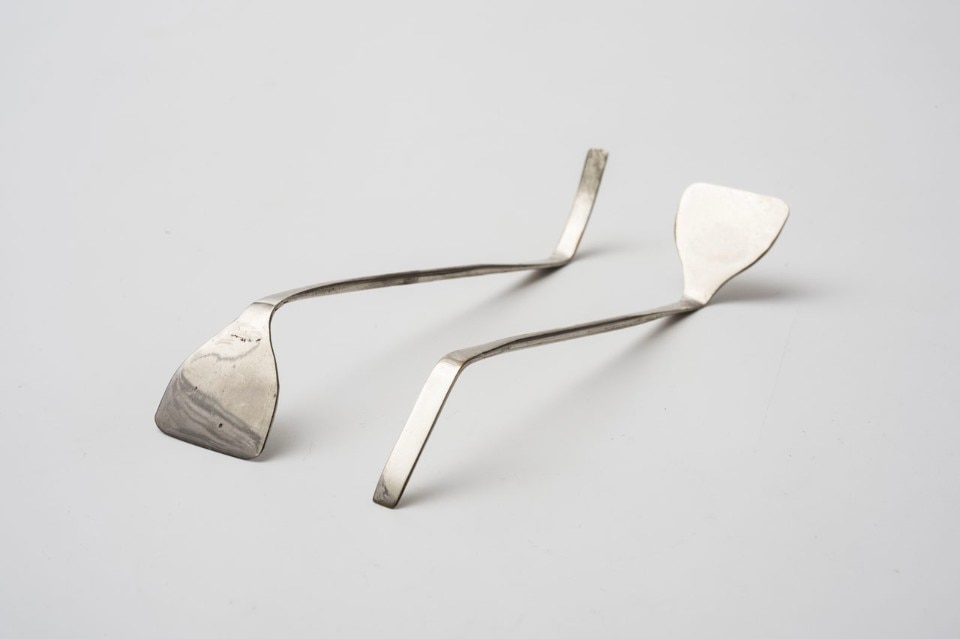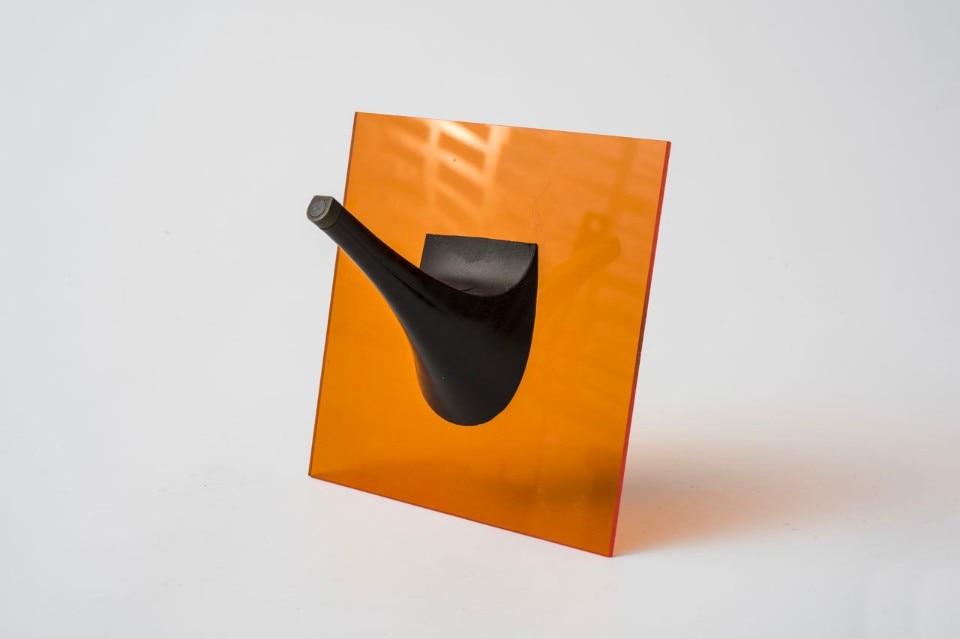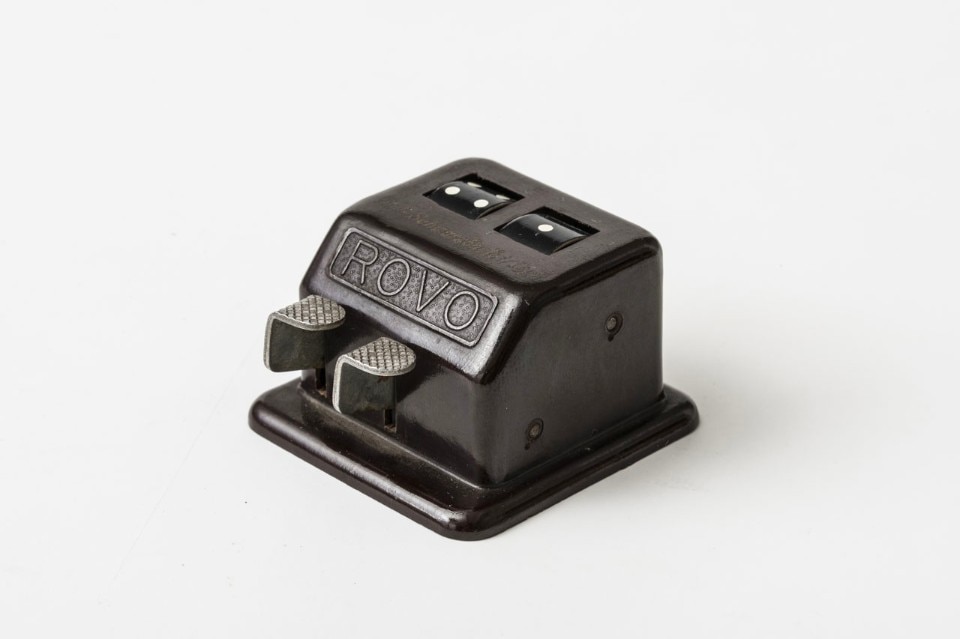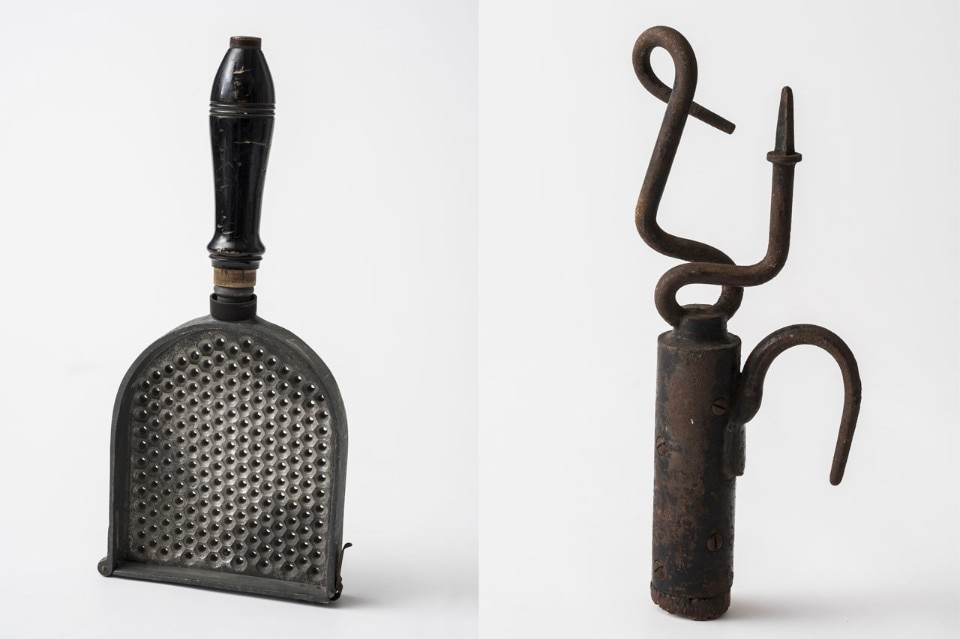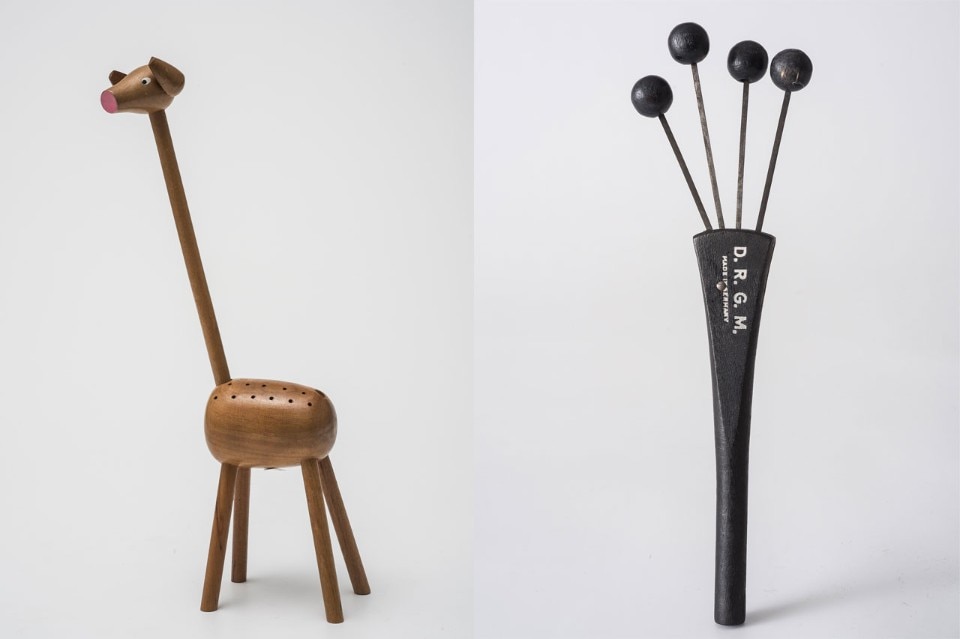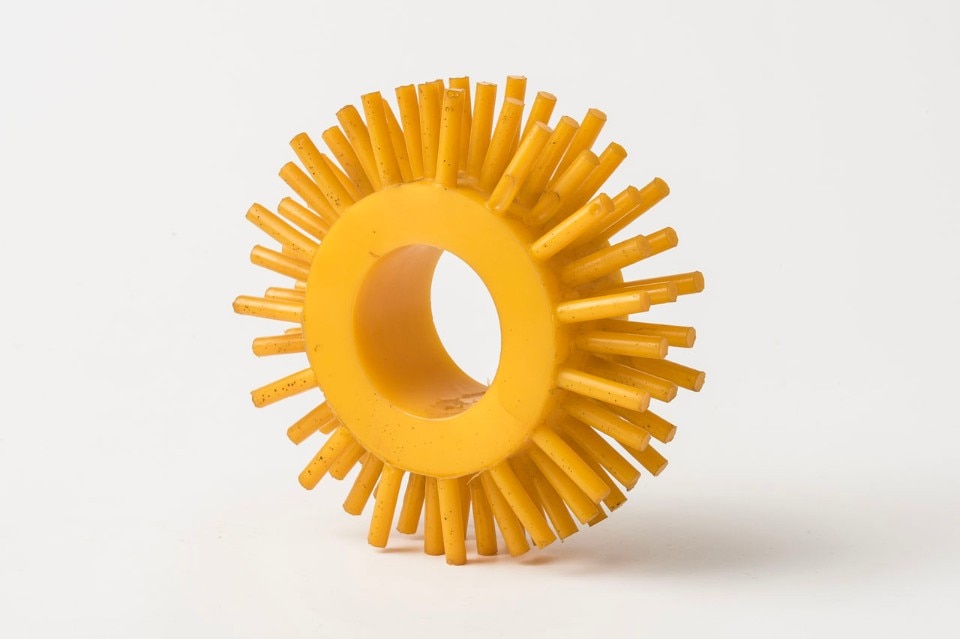
Taking the “Berlin Key” as the ‘key’ object of the entire project, this participatory exhibition dwells on the unknown through the processes of knowing and creating acquaintance. As an object widely known in Berlin, but unfamiliar to those who are not from this city, it stands for the connection between the unknown and the known, between the inside and the outside, the museum situated in the back yard and the participating locations in the street.
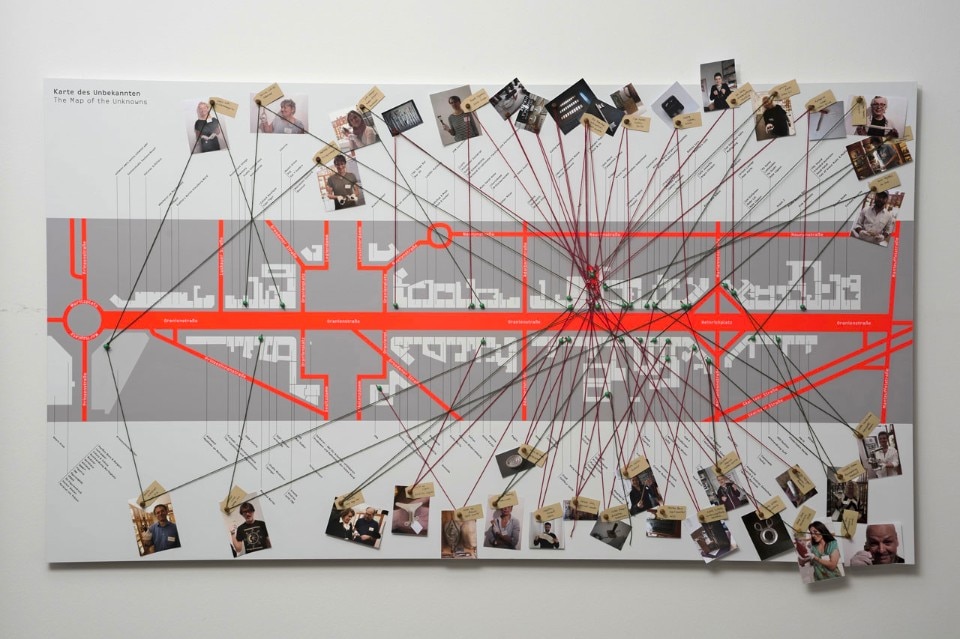
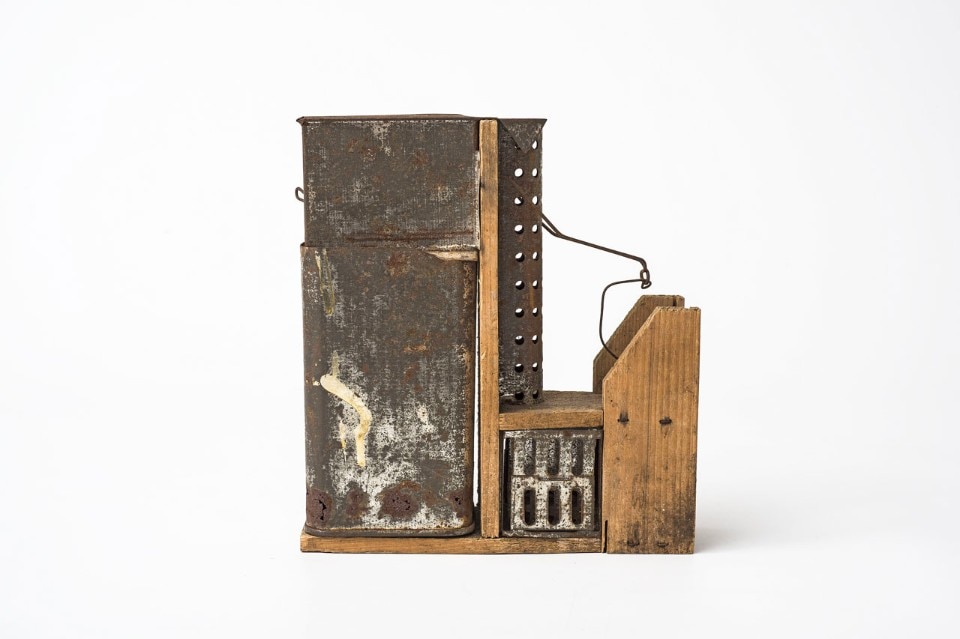
Within this collaborative curatorial process, the focus moves away from the museum, yet expands its borders through its participants from Oranienstrasse to the immediate vicinity of the museum. The street can be seen as a microcosm of the city of Berlin and as a hub of the different cultural backgrounds: a potential productive factor in generating collective knowledge.
until 25 September 2017
Cabinet of the Unknown
Werkbundarchiv – Museum der Dinge
Oranienstraße 25, Berlin


